With support from the Vitol Foundation, ANDE is pleased to launch the Mozambique Entrepreneurial Ecosystem Map, a new tool designed to improve connectivity within the entrepreneurial landscape across the country.
This essential resource includes a filterable web directory of the diverse ecosystem players in South Africa, including investors, entrepreneur support organizations, academic institutions, donors, and more.
The map is available in English and Portuguese.
With support from GIZ, ANDE is pleased to launch the South Africa Townships Ecosystem Map, a new tool designed to improve connectivity within the township entrepreneurial landscapes across the country.
This essential resource includes a filterable web directory of the diverse ecosystem players in South Africa, including investors, entrepreneur support organizations, academic institutions, donors, and more.
The map is available in English and Portuguese.
East Africa is emerging as a vibrant hub for climate innovation, with a growing number of innovators and stakeholders developing solutions to address the region’s pressing climate challenges. The region's unique combination of urgent climate needs, a burgeoning tech ecosystem, and an increasing focus on sustainability has attracted significant attention from investors looking to support the advancement of climate action.
Within the East Africa climate ecosystem, stakeholder networks and relationships are crucial for ensuring the successful implementation of climate action policy and innovative solutions. Effective collaboration across the diverse stakeholders shaping the East Africa climate ecosystem, is key to fostering a more integrated and impactful approach for tackling climate challenges. Several factors influence how these stakeholders interact and collaborate within the climate ecosystem. These include the availability of funding, policy frameworks, technological infrastructure, and the strength of local entrepreneurial support systems.
This study examines the dynamics of climate innovation in East Africa, with a focus on the interactions, relationships and networks among key climate stakeholders. Qualitative and quantitative data collection was used to identify the enablers, barriers, and support needs critical to fostering a mature and integrated climate innovation ecosystem in the region. The insights provided in this report are aimed at informing stakeholders on the varying factors shaping interactions among key players in the ecosystem. Greater awareness of these dynamics can help reduce fragmentation in adaptation and mitigation efforts, while also enhancing the scalability of climate solutions to drive increased impact and inclusivity in East Africa’s climate ecosystem.
Donor funding plays a crucial role in advancing development goals across East Africa, not least in Ethiopia, Rwanda, and Kenya. These nations have made significant strides toward inclusive economic growth and improved infrastructure to enhance social impact, in part, due to the support of international donors, development agencies and philanthropic funds. However, as multiple organisations fund similar initiatives across these regions, questions arise about coherence, alignment, and potential duplication of efforts.
In the face of data paucity and indicator opaqueness, we aim to address a hypothesis: a lack of donor coherence is causing suboptimal allocation of resources. By ‘donor coherence’ we mean the degree of alignment between the objectives, processes, and priorities of various funding bodies, aiming to avoid redundancy and ensure that resources are used efficiently. Financial contributions should aim to nurture dynamic entrepreneurial environments while ensuring more effective use of public funds.
This report explores how donor coherence in Ethiopia, Rwanda, and Kenya impacts resource distribution across sectors, identifying potential overlaps and assessing the implications of these strategies. By assessing the activities funded and the thematic areas supported, we can gain insights into how donor coherence affects the overall impact of development assistance in East Africa.
Every entrepreneur operates within an ecosystem that determines the access to talent, finance, and markets that they need to grow their business. ANDE’s Entrepreneurial Ecosystem Maps serve as a tool for stakeholders to learn about the organizations providing support to small and growing businesses (SGBs) in a specific city, region, or country.
This mapping identified 140 organizations and nearly 170 distinct resources supporting entrepreneurs across Ethiopia. The online mapping provides a filterable directory of these organizations, categorized by sector, location, and support type. The mapping is complemented by a report analyzing the data and synthesizing key trends in the ecosystem.
A key challenge in empowering women in extreme poverty through entrepreneurship is securing access to capital for business growth after training. Small and microenterprises often face exclusion from formal financial systems due to a lack of traditional credit data, guarantors, and financial statements, resulting in high-interest informal loans ranging from 80% to 300%. This report examines the potential of a credit scoring system using alternative data such as peer group (Chama) lending performance and business income to assess creditworthiness. The goal is to demonstrate that alternative data can unlock capital from local financial institutions for women entrepreneurs at scale.
Kenya's waste management and circularity sector offers significant opportunities for investors, driven by economic growth, increasing waste generation, growing regulations and innovations. This introductory guide is the first in a series that also includes investment guides that deep dive into each of the highest opportunity sub-sectors in Kenya’s waste and circularity sector: plastic waste, wastewater, organic waste and integrated waste management. These guides provide further information on trends, opportunities, policies and challenges, as well as further details on the main identified business models and their financing needs and case studies of successful businesses.
